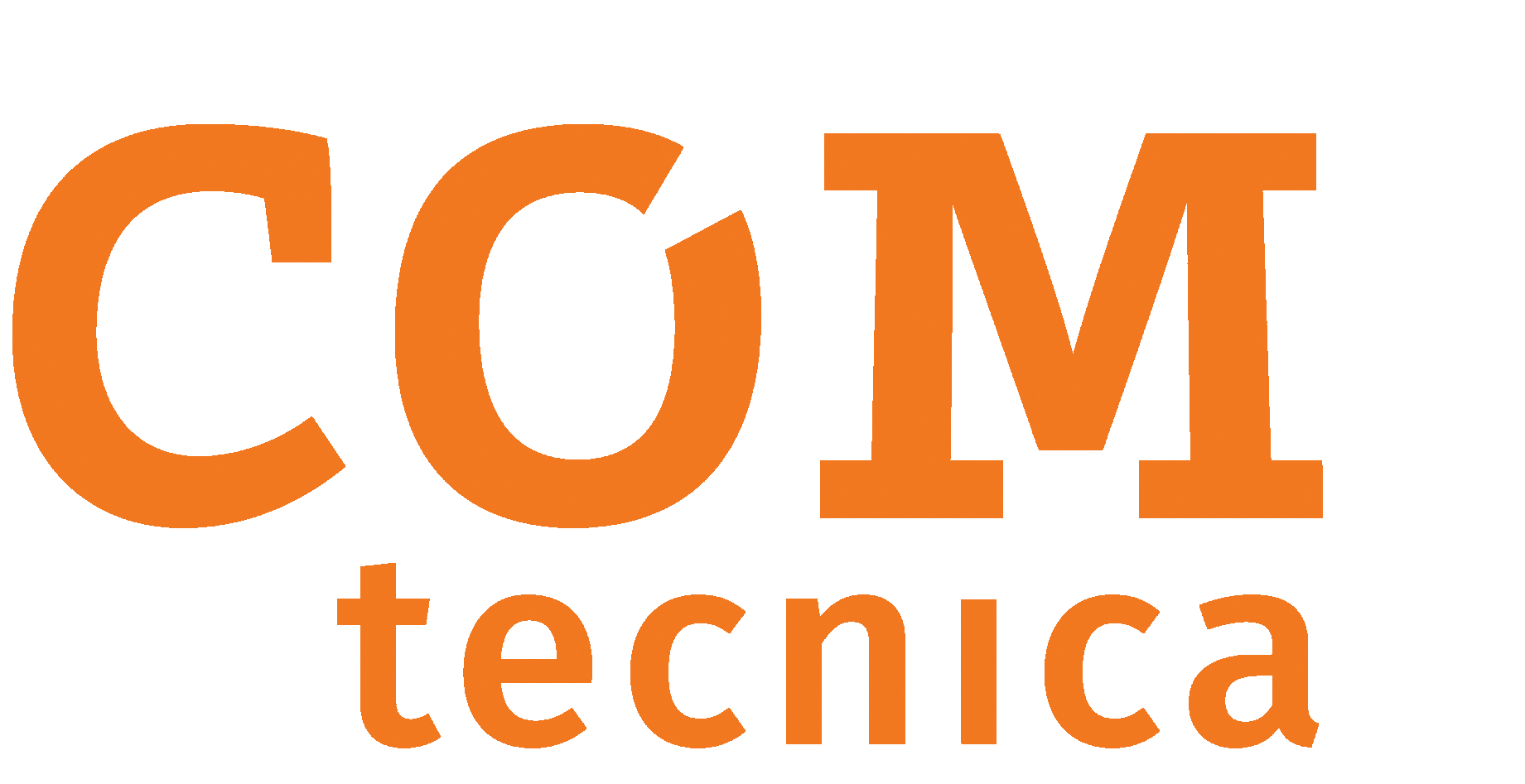
Save the Date!
COMtecnica Conference 2024
Bologna, 29 e 30 maggio.
Per tutti i dettagli visita il NUOVO SITO QUI
Rimani aggiornato e iscriviti alla Newsletter COM&TEC:

COMtecnica Conference 2024
Bologna, 29 e 30 maggio.
Per tutti i dettagli visita il NUOVO SITO QUI
Rimani aggiornato e iscriviti alla Newsletter COM&TEC: